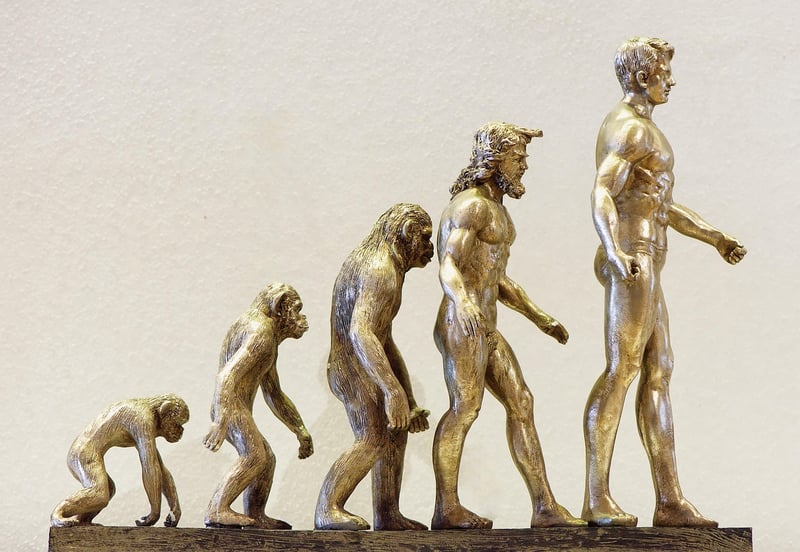Technology Evolution
The Evolution of Time Machines in Technology
Time travel has long been a concept that has captivated the human imagination. While the idea of physically traveling through time remains a topic of science fiction, advancements in technology have allowed for the development of devices that can simulate the experience of traveling through time. Let's explore how time machines have evolved in technology over the years.
1. Early Concepts
Early depictions of time machines can be traced back to literature and art, with famous examples including H.G. Wells' "The Time Machine" and various interpretations in movies and TV shows. These early concepts laid the foundation for the popular imagination of time travel.
2. Quantum Mechanics and Wormholes
As science delved deeper into the realm of quantum mechanics, theories emerged that suggested the possibility of wormholes - shortcuts through spacetime that could potentially allow for time travel. While the practicality of traversing a wormhole remains a significant challenge, the theoretical groundwork has influenced scientific thought on the subject.
3. Time Dilation and Relativity
Albert Einstein's theory of relativity introduced the concept of time dilation, where time can be experienced differently for two observers moving at different speeds. This theory has been verified through experiments with atomic clocks and forms the basis for understanding how time can be influenced by gravity and velocity.
4. Simulation and Virtual Reality
Modern technology has enabled the creation of simulations and virtual reality experiences that can immerse users in different time periods. While not true time machines in the traditional sense, these technologies offer a glimpse into the past or future, providing a unique perspective on historical events or speculative futures.
5. Time Machine Apps and Devices
With the rise of smartphones and wearable technology, developers have created time machine apps that allow users to visualize historical locations, overlaying past images onto current surroundings. Additionally, augmented reality devices offer interactive experiences that blend the real world with digital elements, creating a sense of temporal displacement.
6. Future Possibilities
While physical time travel remains elusive, ongoing research in quantum computing, artificial intelligence, and advanced physics continues to push the boundaries of what is possible. The future may hold technological breakthroughs that bring us closer to realizing the dream of time travel.
Whether through the lens of science fiction or the latest advancements in technology, the concept of time machines continues to intrigue and inspire. While we may not yet be able to hop into a DeLorean and travel back to the past, the journey towards understanding time and its mysteries remains an exciting pursuit.

Explore more about the fascinating world of time machines and their evolution in technology to unlock the secrets of temporal exploration.
For further reading, check out Space.com's article on time travel.
